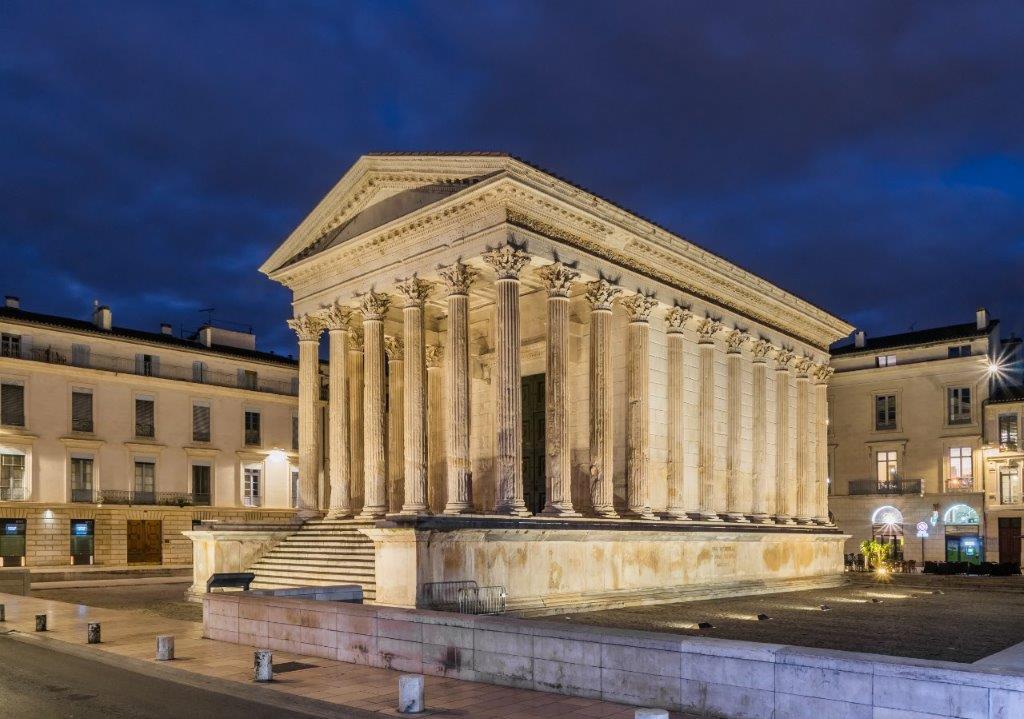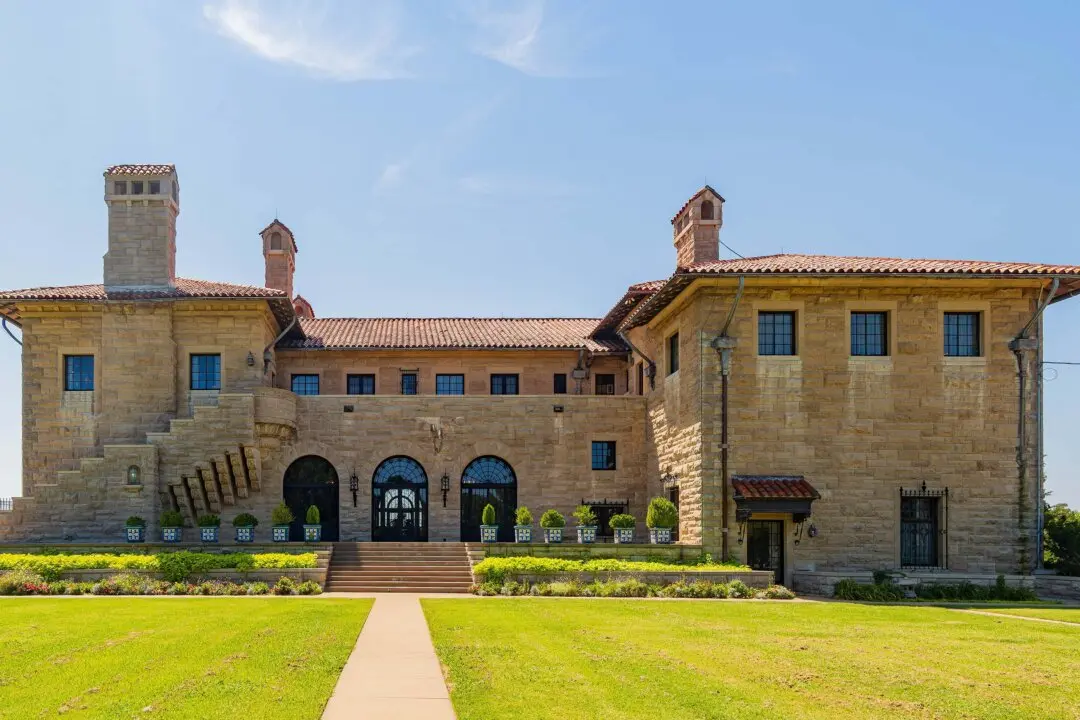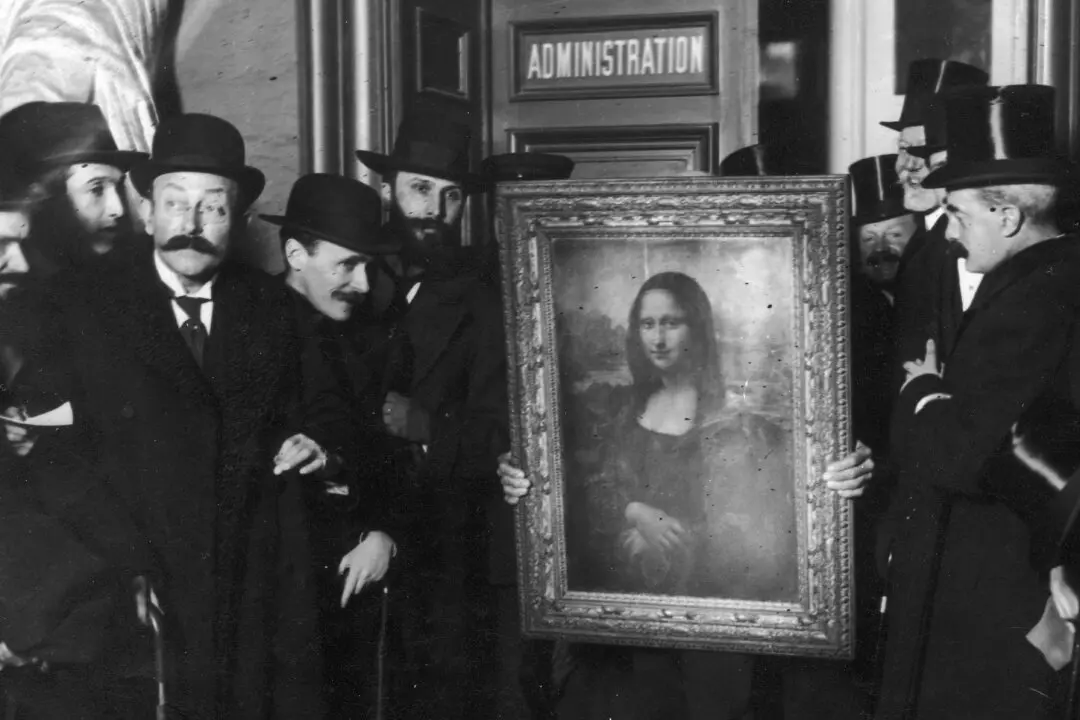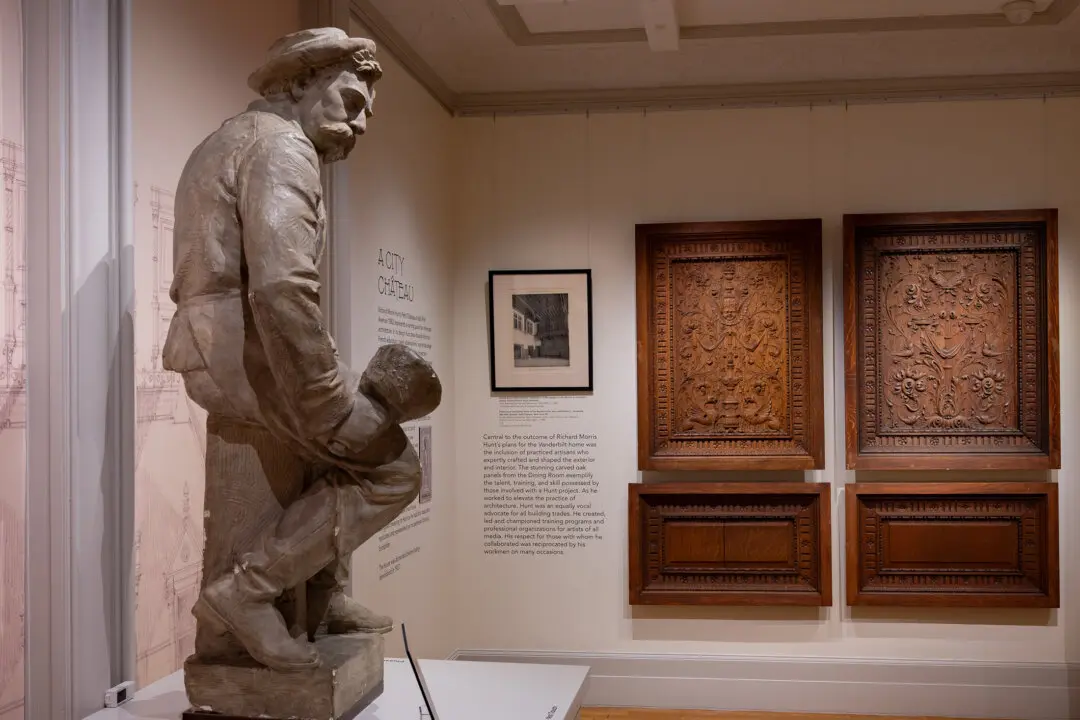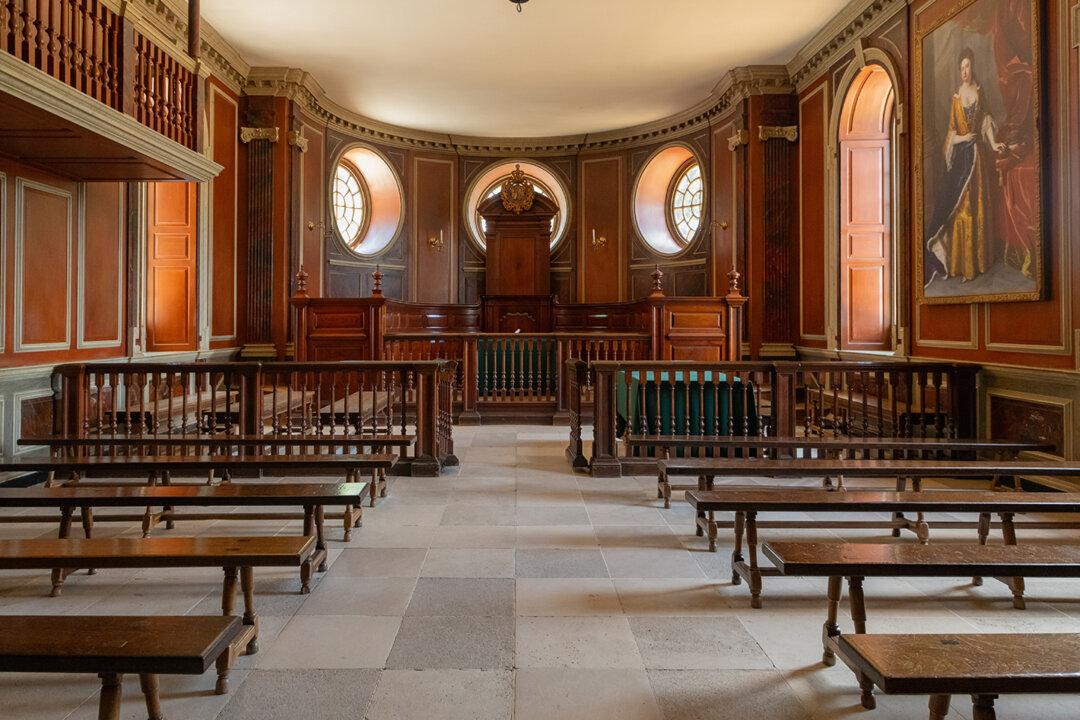In 1784 Thomas Jefferson found himself in France as our first ambassador. While he was there he fell in love. Arrested by its striking classical beauty, the patriot became smitten with a small Roman temple in Nîmes known as the Maison Carrée (square house). Describing it as “the most perfect model existing of what might be called cubic architecture,” Jefferson sketched a design for the Capitol of Virginia, to be built in Richmond. “Very simple, noble beyond expression,” he continued in praise of the original, as he and French architect Charles-Louis Clérisseau collaborated on their new design. Completed in 1788, it was, according to architectural historian George Heard Hamilton, “the first building to be so called in modern times, and the first since antiquity specifically intended for republican legislative functions ... the State Capitol in Richmond, Virginia.”
